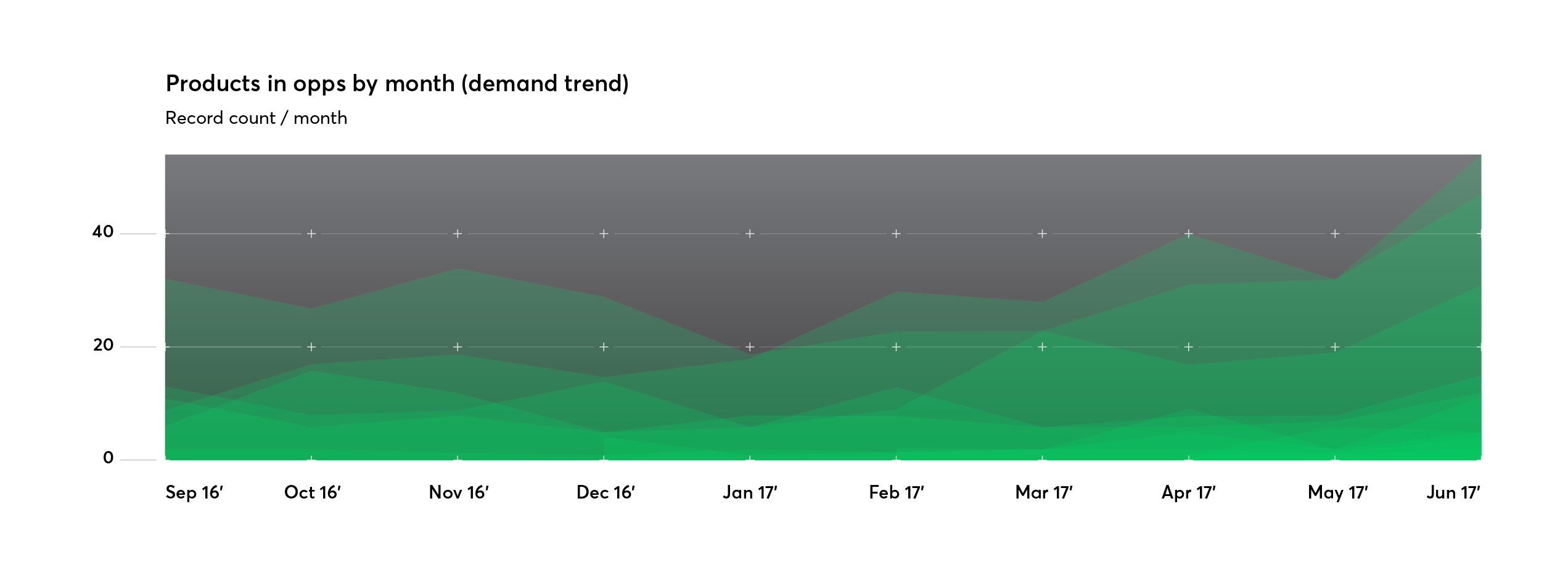In a rapidly changing world, predictability has never been more powerful. It’s also never been so underrated. While it is easy to think about predictability in terms of repetition or even monotony, predictability in business means being able to correctly estimate how long it will take to complete a project and how risky it is. But maintaining predictability means a few other crucial things: better allocation of resources, less overspend on projects and a deeper understanding across teams on what’s happening with a project. All of this leads to one thing every business ultimately has their eye on: profit.
One of the biggest pain points in business is delivering projects on time and on budget. Your latest project might be innovative and essential to the future success of your firm, but the truth is, there’s every chance it will cost more than you think—despite your best budgeting efforts—and take longer to complete. In fact, a study found 66 percent of projects in the software industry were not completed on time, 33 percent were blowing their budgets, and 17 percent were not returning the value stakeholders expected. When we’re looking at 17 percent of projects having the potential to take the entire company down with them, it’s not something to be taken lightly.
This continues to be a massive problem for the software industry. What is needed is more transparency and higher levels of predictability built into processes, which can eliminate obstacles such as project overspend, delays and unhappy customers. I know this from personal experience. We managed to increase the predictability of our core processes by 102 percent in nine months, and as a result, half of our new contracts have been from referrals made by satisfied customers, that in turn received more accurate quotes and time frames for their projects with us.

To achieve this, you will need to establish KPIs that define predictability and then design tools which consolidate and capitalize on this data. It won’t be easy, but you will have more control than ever before—which is the perfect foundation for innovation. It had always been one of our goals to become more predictable and put the necessary tools, processes and metrics in place when COO Marek Talarczyk made it a priority in January 2017. When you can accurately measure how long something will take, and how risky it is, you can plan costs and revenue, and thus become a valuable partner for other business entities. There will also be fewer problems for key stakeholders, which leads to increased customer happiness and trust. Once your predictability data is consolidated on a single platform, you will also be able to use it to make better hiring decisions in the future, or—as we did—develop a traffic light system which uses a machine learning algorithm to identify which projects are likely to have issues, and then isolates the potential cause. Tools such as this helped us almost double in size in 18 months. Before we made this effort, we were often wasting time and money dealing with project crises.
Most importantly, companies who can help other companies become more predictable will lead the way in software, design and digital transformation. It means they can develop a precise plan for their business and marketing strategy in advance of the product launch—which is not based on a best-case-scenario guess, but reliable data. There will also be fewer awkward, dissatisfying meetings about cost blow-outs; your key stakeholders can prepare for the costs of development and won’t be surprised by the sudden need for extra budgeting.
Just remember, the goal is to make accurate predictions on how your projects will play out—and not judge team members based on the KPIs generated by these new tools. Overcoming this concern was one of the first hurdles we faced, but it’s simply a matter of explaining your true intentions. It’s all about solving problems, while predicting challenges and obstacles.



